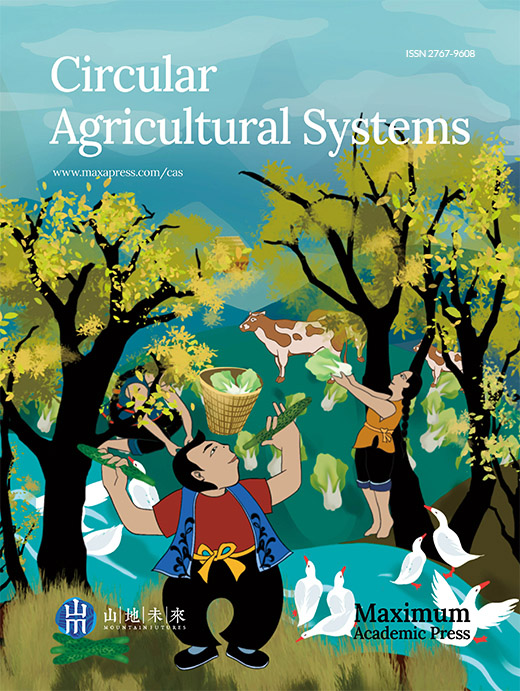-
Carbon capture and storage (CCS) has long been on the IPCC radar as a strategy to reduce atmospheric greenhouse gas concentrations[1]. Current net zero emission scenarios that do not involve a full transition away from fossil fuels all include CCS[2]. Global CCS agendas and discourses remain centered on injecting CO2 deep under the earth's surface, through technological processes still widely immature, with the exception of a few industrial sectors[2]. The CCS agenda faces critiques pointing to environmental, technological, and financial risks, and framing it as a geoengineering fix meant to avoid or delay the transition away from fossil fuels[3]. The approach that Schaefer and colleagues[4] discuss stands out as a compromise between CCS as a strategy to alleviate climate change vs an upcoming sorcerer's apprentice scenario. The authors advocate for optimizing carbon capture from concrete and basaltic materials.
For concrete demolition waste (CDW) to sequester optimal amounts of carbon, Schaefer et al. suggest spreading this widely available material over farmland, or using it to create new soil materials on which crops could grow. Current estimates state that the USA generates 485 million tonnes of construction and demolition waste yearly, whereas this figure amounts to 870 million tonnes in Europe and 1.5 billion tonnes in China[5]. While this varies between countries and continents, a great share of construction and demolition waste ends up in landfills, such as South Africa (> 90%)[6], France (55%)[7], and Canada (72.5%)[8]. The overall volume of CDW has increased significantly over the last decade.
Fungi could play a key role in the solution that Schaefer et al. detail, as soil mycorrhizae's capacity to break down solid elements could allow using coarser concrete aggregates, lowering the amount of energy required for crushing this material into a finer powder. Additionally, some soil mycorrhizae can capture CO2[9], which could add to the carbon savings allowed by the technologies the authors advocate for.
Given the above circumstances, parallels can be established between Schaefer et al.'s argument and Anna Lowenhaupt Tsing's 'The mushroom at the end of the world' book[10]. Tsing frames degraded forest environments as ruins of capitalism, which are defined as 'spaces of abandonment for asset production' (p. 6)[10]. The book further explains that matsutake mushrooms, a non-scalable commodity, thrive in such settings 'ruined' by disturbances driven by forest management practices, fire, collective farming, and so on. As it turns out, the matsutakes can generate greater economic activity than the scalable capitalist processes that led to ruining at first. The fungi thriving also generate interpersonal relationships and emotions different from those that characterize and shape the 'modern' capitalist economy.
CDW is not a place, but it is closely associated with ruination. As Schaefer et al. disturbingly assert, natural catastrophes and wars yield ruins where massive quantities of CDW are generated. The same goes for infrastructure demolition and unused concrete waste, two processes ingrained in the concrete and infrastructure expansion-dependent capitalist system[11]. CDW makes up some 35% of all waste piling up in landfills yearly, fostering further ruins[12]. These materials could technically be used as alternative aggregates and/or supplementary cement materials to produce cement and concrete[13,14]. Yet, upscaling the production of 'green concrete' materials with a lesser carbon footprint than traditional equivalents made using natural aggregates only has turned out to be challenging given added cost and difficulties in ensuring steady and massive CDW supply[15].
As CDW keeps piling up in landfills and as contemporary atmospheric greenhouse gas concentrations keep reaching record levels, there is an urgency to implement strategies to revalorise these materials and fully benefit from their carbon sequestration potential. Current approaches to diminish waste generation and enhance upcycling[16] have yet to create sufficient market outputs for CDW and to optimize the carbon sequestration potential from these materials. We claim that framing CDW along the ruins' agenda offers an opportunity to widen the range of social actors that could be involved in this project. Smallholder peasants could play a key role in the adoption of CDW-based fertility management technologies. Carbon finance and the current waste management fees levied could contribute to financing this transition, while fungi's capacity to thrive in 'unscalable' contexts could be further unleashed.
HTML
-
The authors confirm contribution to the paper as follows: draft manuscript preparation: Rousseau JF, Qin J; supervision and revision: Rousseau JF. Both authors reviewed the results and approved the final version of the manuscript.
-
Data sharing not applicable to this article as no datasets were generated or analyzed during the current study.
-
The authors wish to thank the Editor-in-Chief from Circular Agricultural Systems for the invitation to submit this commentary and our stimulating discussions on recycled construction aggregates.
-
The authors declare that they have no conflict of interest.
- Copyright: © 2024 by the author(s). Published by Maximum Academic Press, Fayetteville, GA. This article is an open access article distributed under Creative Commons Attribution License (CC BY 4.0), visit https://creativecommons.org/licenses/by/4.0/.
| Rousseau J, Qin J. 2024. Commentary on Schaefer et al. (2024): Carbon, fungi, and concrete ruins. Circular Agricultural Systems 4:e014 doi: 10.48130/cas-0024-0013 |












